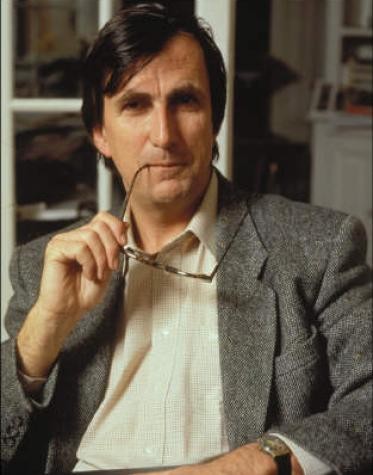This is part one of a two-part post in which I delineate a language with which we can think about the body as technology, and in particular, politicized technology. We can do so, I argue, with Ernst Schraube’s conceptualization of technology as materialized action. In part one I lay out the theoretical framework of technology as materialized action. In part two, I apply this conceptualization to the body, and focus on the case of body size.
The conceptualization of technology as materialized action comes from a 2009 essay written by Ernst Schraube. Here, Schraube synthesizes and builds on both Critical Psychology and Actor-Network-Theory.
Schraube begins with critical psychologist Klaus Holzkamp’s conceptualization of objectification—the notion that material artifacts are more than a means to an end, but are imbued with human subjectivity. The initiation of production stems and is shaped by a particular human need, and the produced artifact, as a tool used to satiate that need, carries in it human agency and subjectivity.
Roads, for example, hold in them the human need to work, socialize, and participate in commerce in light of a sprawling landscape and increasingly differentiated division of labor. This human agency is literally built in to the asphalt, road signs, and bridges that enable car and bus travel.
Schraube critiques objectification, however, for ignoring the independent effects of material artifacts upon humans. He succinctly sates:
It is not only the subjects that do something with the things; the things also do something with the subjects
To buttress this weakness of the objectification perspective, Schraube calls upon Actor Network Theory to argue that indeed, material objects act back upon their human creators and users—instructing them, in the famous words of ANT theorist Bruno Latour, to ‘do this, do that, behave this way, don’t go that way, you may do so, be allowed to go there.’

Going back to the example of roads, the asphalt, signs, and bridges instruct us on how to get from point A to point B, but also tell us that we may build and live in suburbs, that we may forgo co-habitation with extended family, that we may shop, work, and seek entertainment in geographically dispersed locations, but that we must own a working car or a bus pass, that we must travel to shop, work, and socialize etc.
Importantly, just as ANT shores up the weaknesses of objectification, the notion of objectification reciprocally supplements the weaknesses of ANT—namely the failure to recognize the human root to all technology and the responsibility of humans for the creation and use of technologies.
To capture both the subjectivity and independent efficacy of technological artifacts, Schraube refers to artifacts as materialized action.
It is not only the subjects that do something with the things; the things also do something with the subjects. The “means-to-an-end” perspective fails the independence, materiality, and efficacy of things. Absolutizing this perspective holds the danger of voluntarism and an understanding of seemingly disposing freely over created artifacts, treating them just as we want. To make it clear that, on the one hand—in line with the objectification concept—human subjectivity and agency are materialized in the object, while, on the other hand, the materiality of the object can release an independent power and efficacy, I propose to conceptualize the created objects as materialized action
Schraube further argues that materialized action is often precarious, surprising and necessarily ambivalent. He says:
…Things are more than just societal meanings, more than just socially conceived and produced items. They always materialize, in addition, an unknown action, something coincidental, unplanned, and their decisive power and efficacy can frequently be located just in what had not originally been imagined or intended
Next week, I will talk about the body as materialized action—a material object imbued with human subjectivity, one that one that affects, instructs, and alters subjectivity.


Comments 3
David Banks — June 18, 2012
Latour is so sassy he has to delegate his sassyness to the arms of his glasses.
The Body as Materialized Action Part II » Cyborgology — June 26, 2012
[...] week I delineated Schraube’s concept of technology as materialized action—or the notion that material objects are simultaneously imbued with human subjectivity while [...]